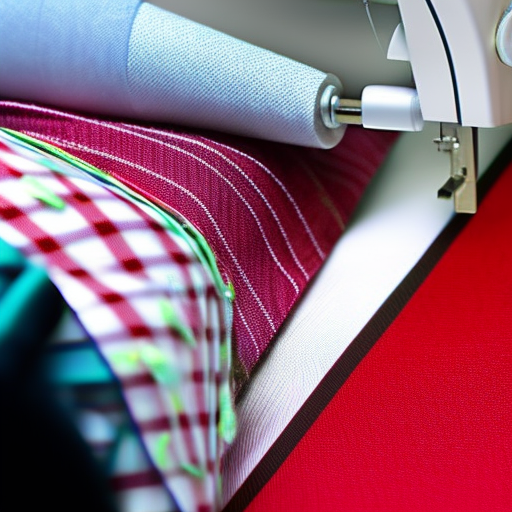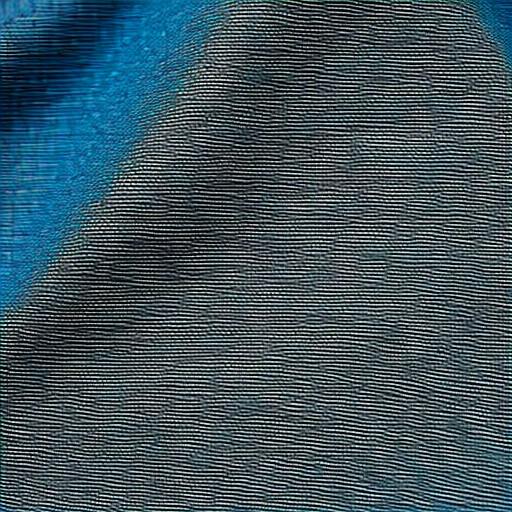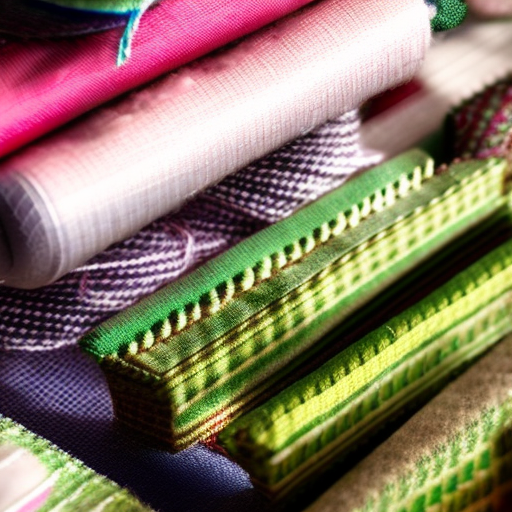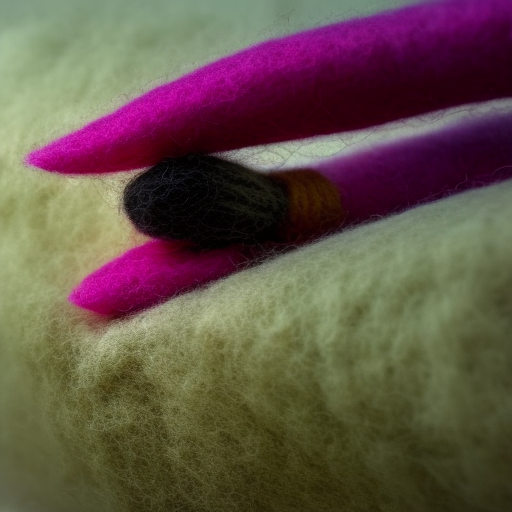
sewing-machine.jpg” alt=”Sewing Machine”>
Sewing light fabrics can be a challenging task for many beginners and even experienced sewers. However, with the right techniques and tools, you can master the art of sewing delicate and light materials like a pro.
Choose the Right Needle and Thread
When working with light fabrics such as chiffon, silk, or organza, it is essential to choose a suitable needle and thread. Opt for a fine needle, preferably one with a smaller size such as #9 or #11, depending on the fabric thickness. Using a thinner needle reduces the risk of leaving visible puncture holes in the fabric.
As for threads, consider using a lightweight thread that matches your fabric color. Cotton threads work well for most light fabrics, but silk or polyester threads are better options for delicate materials like silk or satin.
Prevent Fabric Slippage
Light fabrics tend to slip and slide while sewing, making it challenging to maintain accurate seam lines. To prevent this, you can:
- Place tissue paper or a lightweight stabilizer underneath the fabric layers to provide extra stability.
- Pin the fabric layers together using fine pins to prevent shifting.
- Use fabric weights or a washable fabric glue stick to hold the layers in place temporarily.
Adjust Stitch Length and Tension
When sewing light fabrics, it is crucial to adjust your sewing machine settings. Reduce the stitch length to avoid long and visible stitches. A shorter stitch length, typically between 2 and 2.5, helps keep the fabric layers secure without compromising the fabric’s integrity.
In addition, loosening the thread tension slightly prevents the fabric from puckering or pulling too tightly. Test on a scrap piece of fabric before starting your project to ensure the stitches are well-balanced.
Finish Seams with Care
Light fabrics can fray easily, so it is crucial to finish seam allowances neatly. Consider using one of the following methods:
- Straight stitch with a narrow seam allowance, then trim the excess fabric and finish the raw edges with a zigzag stitch or an overlocking stitch.
- Use French seams for a clean and elegant finish. This technique encloses the raw edges within the seam itself.
- Consider using bias tape to bind the raw edges and add a decorative touch.
By finishing your seams properly, you ensure that your delicate fabric will last longer and maintain its beauty even after multiple wears and washes.
Practice and Patience
Sewing light fabrics requires practice and patience. Whether you are a beginner or an experienced sewer, it may take a few attempts to perfect your technique. Don’t get discouraged if your first project doesn’t turn out as expected. Keep practicing, experimenting, and trying different methods until you find what works best for you.
Remember that sewing should be enjoyable, and with time and perseverance, you will master the art of sewing light fabrics, opening up a world of endless possibilities for your creative projects.





“I love it! I want to learn how to sew light fabrics as they look so delicate and beautiful!”
Anna Belley: “This looks like a great way to learn, I just need to find some good quality fabric”
Great tutorial, sewing light fabrics can be quite delicate but so rewarding as Joseline mentioned – the final product can be so beautiful! Anna, fabric quality makes a huge difference with these kinds of projects!